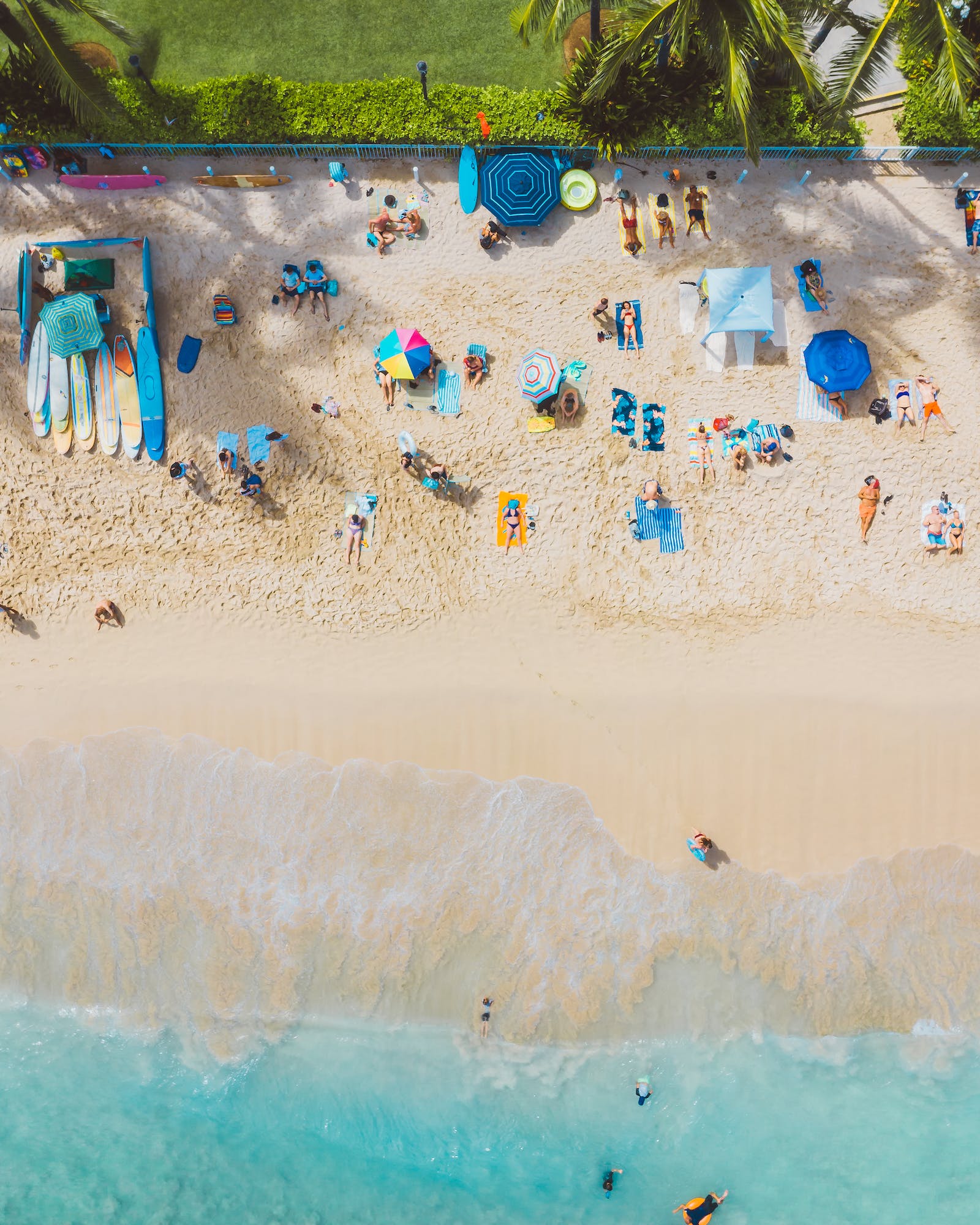
Introduction
The Ultimate Guide to Drone Photography: Unleashing Aerial Creativity. In recent years, the world of photography has taken to the skies with the advent of drone photography. The ability to capture breathtaking aerial shots has revolutionized how we perceive and document our surroundings. This comprehensive guide will delve into the exciting world of drone photography, exploring its benefits, techniques, and creative possibilities.
Understanding Drone Photography
What is Drone Photography?
Drone photography involves capturing images and videos from uncrewed aerial vehicles (UAVs), commonly known as drones. These versatile devices, equipped with high-resolution cameras, enable photographers to capture unique perspectives and angles that were previously unattainable.
The Evolution of Drone Photography
Early Beginnings
Drone photography has its roots in military applications, where it was primarily used for surveillance. However, as technology advanced, drones became more accessible to the public, leading to the rise of recreational and professional drone photography.
Popularity Surge
The surge in the popularity of drone photography can be attributed to the compact, affordable consumer drones that flooded the market. This accessibility opened a world of creative possibilities for photography enthusiasts.
Advantages of Drone Photography
Aerial Perspective
One of the most significant advantages of drone photography is the ability to capture stunning aerial perspectives. From sweeping landscapes to architectural marvels, drones offer a bird’s-eye view that adds depth and drama to your shots.
Easy Access
Drones can access remote or hard-to-reach locations, making them ideal for documenting natural wonders, construction sites, and events like weddings or festivals.
Cost-Efficiency
Drones are more cost-effective than traditional aerial photography methods involving helicopters or planes. They require fewer workers and can be operated by a single individual.
Tips for Mastering Drone Photography
Choose the Right Drone
It is crucial to select a suitable drone for your aerial photography needs. Consider factors such as camera quality, flight time, and stability. DJI, Yuneec, and Autel are some reputable drone manufacturers to explore.
Understand the Laws and Regulations
Before taking flight, ensure you are familiar with the local regulations governing the use of drones. Respect privacy, airspace restrictions, and safety guidelines.
Perfect Your Flying Skills
Practice makes perfect. Spend time honing your flying skills to capture smooth, cinematic shots. Take advantage of features like obstacle avoidance to avoid mishaps.
Compose Your Shots
Composition plays a vital role in drone photography. To create visually appealing images, pay attention to framing, leading lines, and the rule of thirds.
Unlocking Creativity with Drone Photography
Experiment with Angles
Drones allow you to experiment with a wide range of angles and perspectives. Get creative by flying low for unique ground-level shots or soaring high for panoramic vistas.
Capture Dynamic Motion
Drones excel at capturing dynamic motion, making them ideal for action shots. Whether tracking a fast-moving vehicle or a surfer riding a wave, drones can keep up with the action.
Play with Lighting
The play of light and shadow is crucial in photography. Utilize the golden hours of sunrise and sunset for capturing warm-toned, captivating shots.
Drone photography has transformed the art of capturing images, offering unparalleled perspectives and creative possibilities. By mastering the art of flying and composition, you can elevate your photography to new heights.
Editing and Post-Processing- After you’ve captured those stunning aerial shots, it’s time to enhance them through editing and post-processing. Here are some tips to help you make your drone photos genuinely shine:
Choose the Right Editing Software – Invest in high-quality photo editing software, such as Adobe Lightroom or Photoshop. These tools offer various features to adjust exposure, color balance, and sharpness.
Maintain Image Quality – When editing your drone photos, avoid overprocessing them. Retain the natural beauty of your shots by making subtle enhancements.
HDR Imaging – High Dynamic Range (HDR) imaging is efficient in drone photography. Combine multiple shots at different exposures to create a single image with enhanced detail and contrast.

Surveying and Mapping
Drone technology has found applications beyond photography. Surveyors and cartographers utilize drones to create precise maps and 3D models of terrain, which are invaluable in urban planning and agriculture.
Filmmaking and Cinematography
The film industry has embraced drone technology to capture breathtaking aerial shots in movies and documentaries. Drones add an immersive quality to cinematic storytelling.
Overcoming Challenges in Drone Photography
Weather Conditions
The weather can be unpredictable and challenging when flying a drone. Wind, rain, and extreme temperatures can affect flight stability and image quality. Always check the weather forecast before your flight.
Battery Life
Drone batteries typically offer a limited flight time. Invest in spare batteries and plan your flights carefully to maximize your shooting time.
As technology continues to advance, the future of drone photography holds exciting possibilities. Here are some trends to watch for:
Improved Camera Technology
Drone manufacturers continually enhance camera capabilities with features like larger sensors, improved low-light performance, and advanced image stabilization.
Autonomous Flight
Autonomous drones that can follow pre-programmed flight paths or track subjects with minimal human intervention are becoming increasingly accessible, making it easier to capture complex shots.
Enhanced Safety Features
To address safety concerns, drones are equipped with better obstacle detection and avoidance systems, reducing the risk of accidents.
Frequently Asked Questions (FAQs)
Maintenance and Care
Maintaining and caring for your equipment correctly is essential to keeping your drone photography adventures smooth and hassle-free.
Cleaning Your Drone
After each flight, carefully clean your drone to remove dust, dirt, and debris. Use a soft brush, compressed air, or lens cleaning tools to keep your camera lens and sensors pristine.
Firmware Updates
Stay up to date with your drone’s firmware and software updates. Manufacturers often release improvements and new features, enhancing your flying and photography experience.
Storage and Transportation
Store your drone in a cool, dry place, away from direct sunlight and extreme temperatures. Use a durable case or backpack to protect it from damage when transporting it.
Legal Considerations
In most countries, drone photography is subject to legal regulations. Understanding and following these rules is crucial to avoid fines and accidents.
Register Your Drone
In some regions, drones must be registered with the appropriate aviation authority. Check the requirements in your area and register your drone if necessary.
Respect No-Fly Zones
Many countries and areas have established no-fly zones, including those near airports, military bases, and government buildings. Always check for these restrictions before flying.
Privacy and Permissions
Respect the privacy of individuals and property owners when capturing images. Seek permission when flying over private land or capturing images of people.
Building a Drone Photography Portfolio
If you aspire to take your drone photography to a professional level or want to showcase your skills, consider building a portfolio.

Curate Your Best Shots
Select your most striking and diverse drone shots to showcase in your portfolio. Highlight different subjects, lighting conditions, and compositions.
Create a website or Online Gallery.
Create a website or online gallery to showcase your drone photography portfolio. Ensure it’s well-organized and easy to navigate for potential clients or admirers.
Social Media Presence
Utilize social media platforms like Instagram, Flickr, and 500px to share your drone photos. Engage with the photography community and gain exposure for your work.
Joining Drone Photography Communities
Connecting with fellow drone photography enthusiasts can be an enriching experience. Join online forums, social media groups, or local drone clubs to exchange knowledge and ideas.
Protect Wildlife
When flying your drone, avoid disturbing wildlife. Maintain a safe distance from animals and nesting sites to prevent stress or harm.
Respect Natural Habitats
Fly responsibly in natural habitats, such as parks and nature reserves. Follow guidelines and regulations to preserve these fragile ecosystems.
Continuing Education
Drone photography is an evolving field. Stay updated with the latest techniques, equipment, and regulations through workshops, online courses, and photography events.
Conclusion
Drone photography offers an incredible opportunity to explore and capture the world from a unique perspective. Whether you’re a hobbyist or an aspiring professional, this art form allows you to express your creativity and document the world in ways previously unattainable.
With the right equipment, knowledge, and a passion for photography, you can embark on a thrilling journey that will take you to new heights—literally and figuratively. Fly Safe.
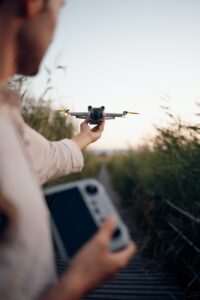
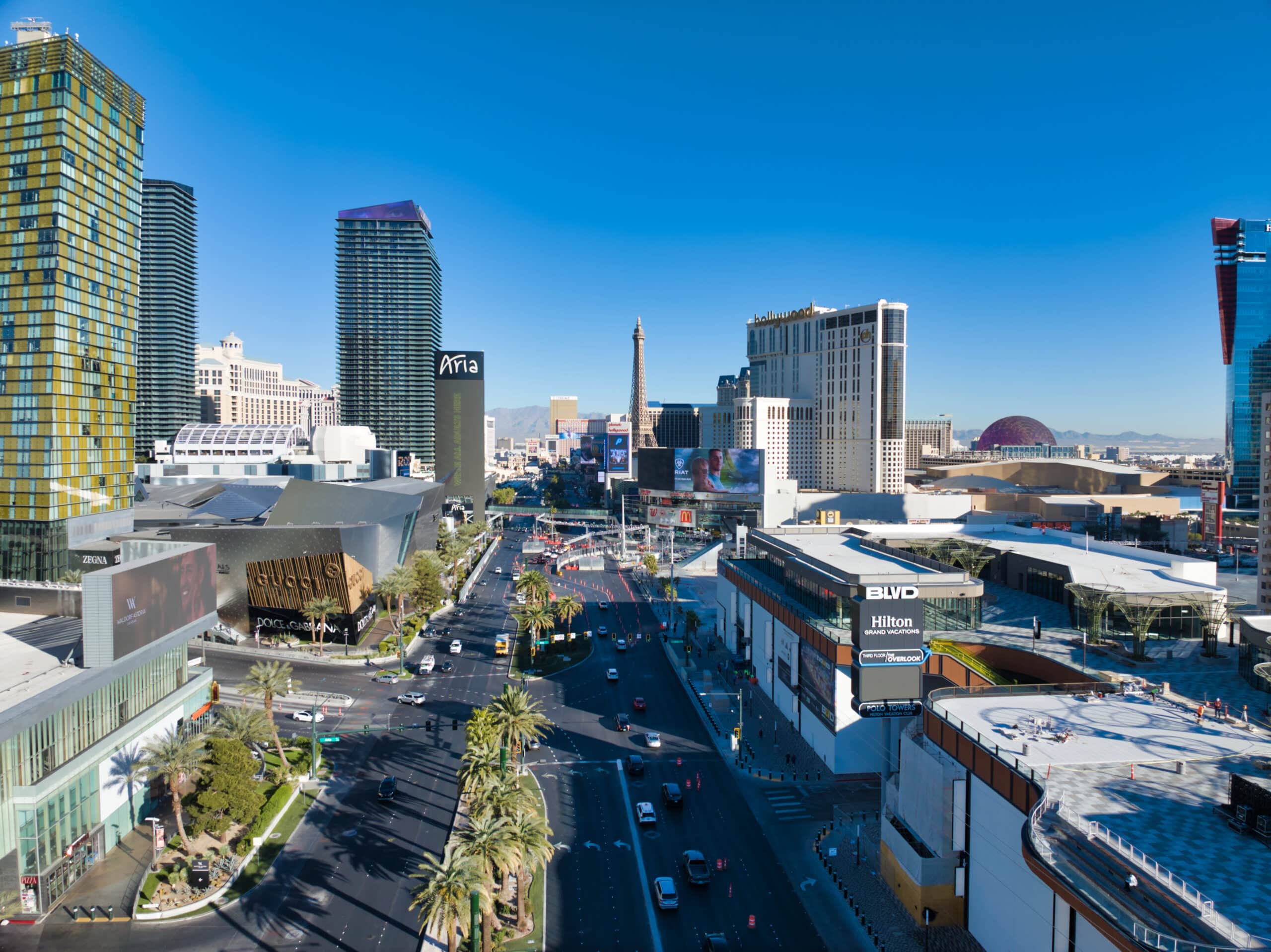
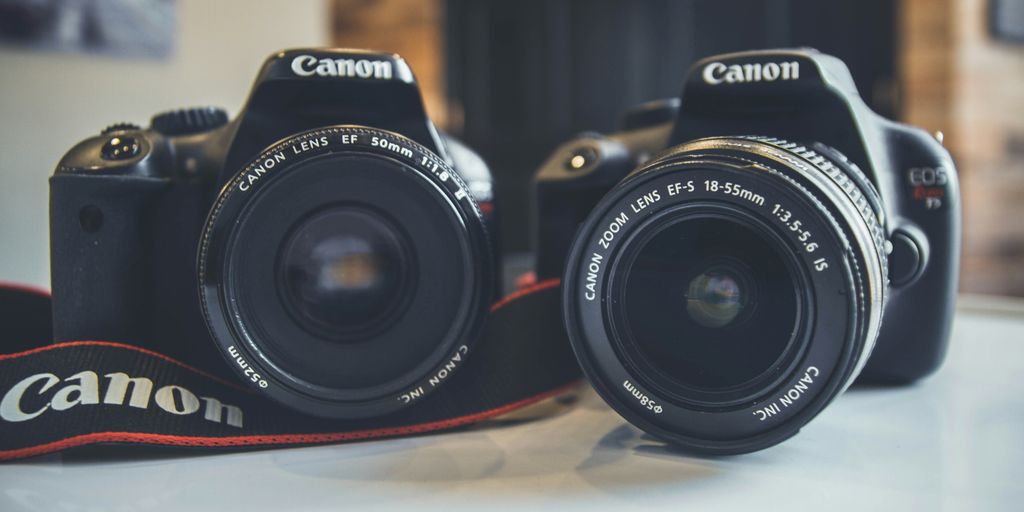
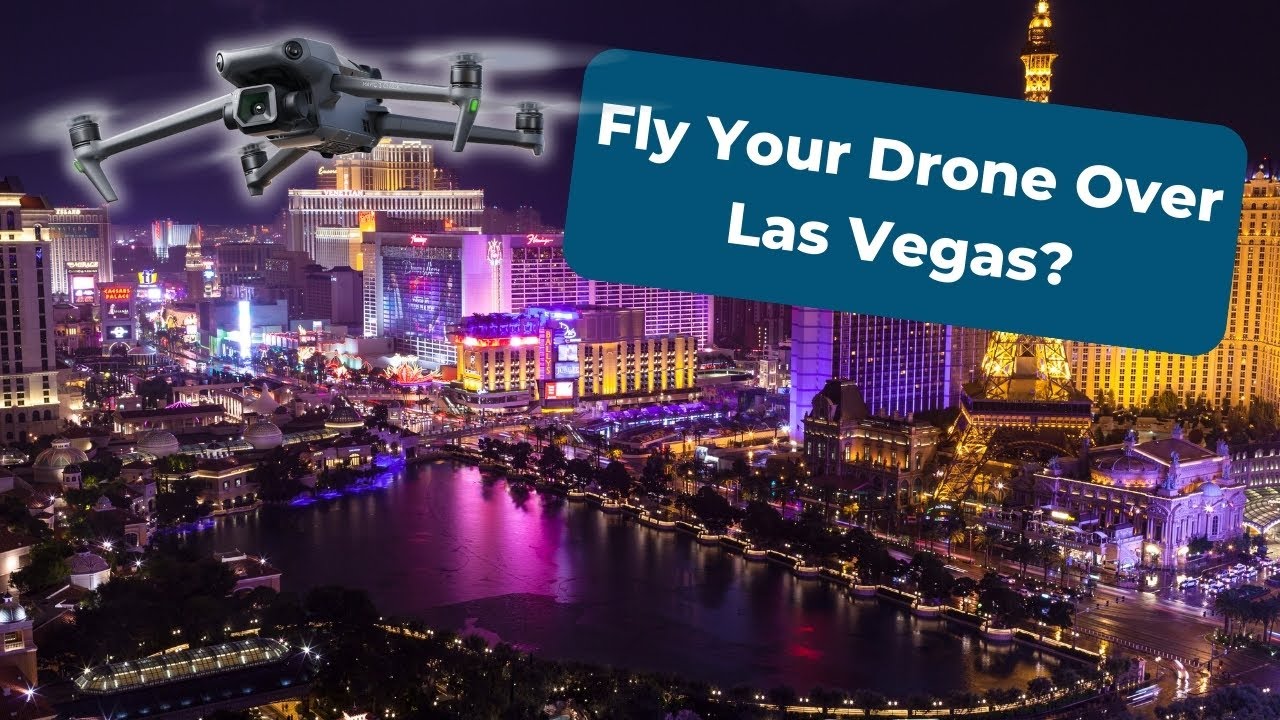
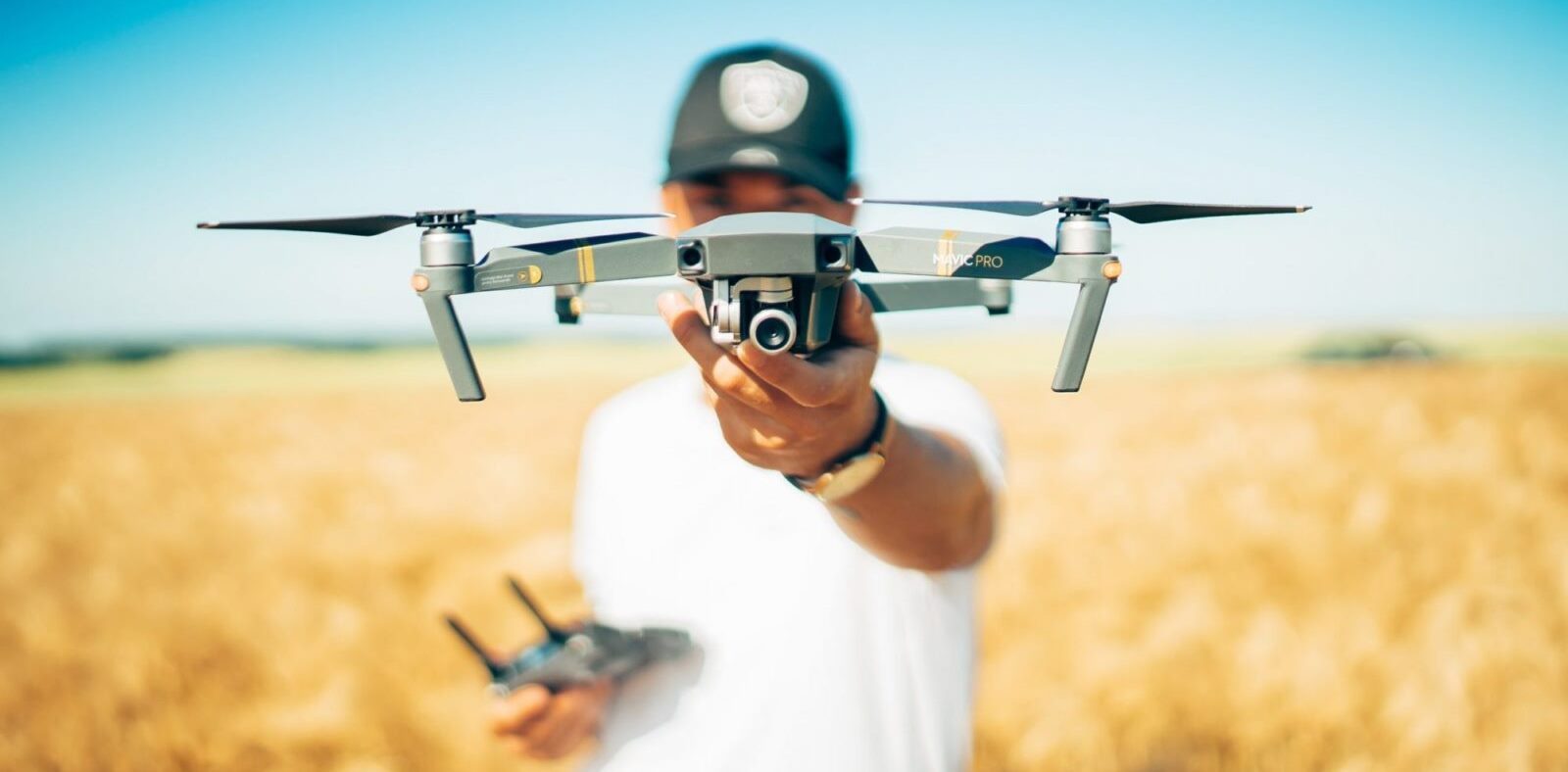
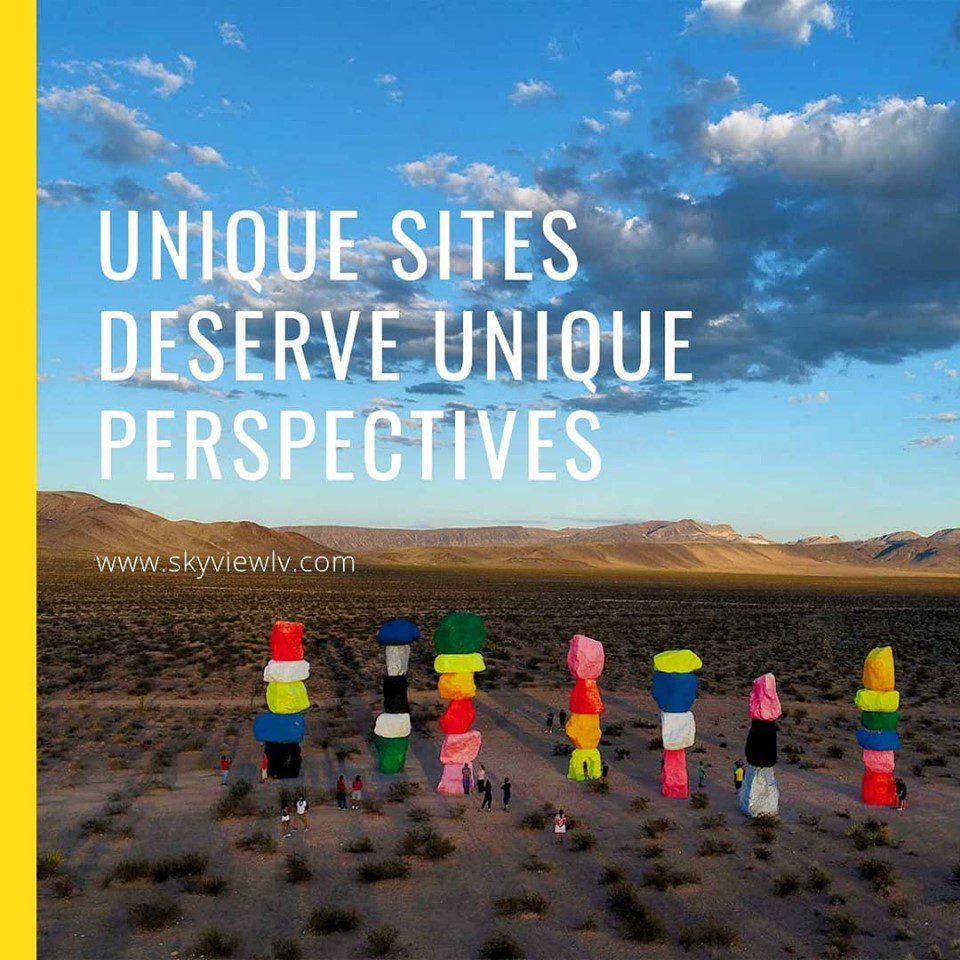
Comments are closed.